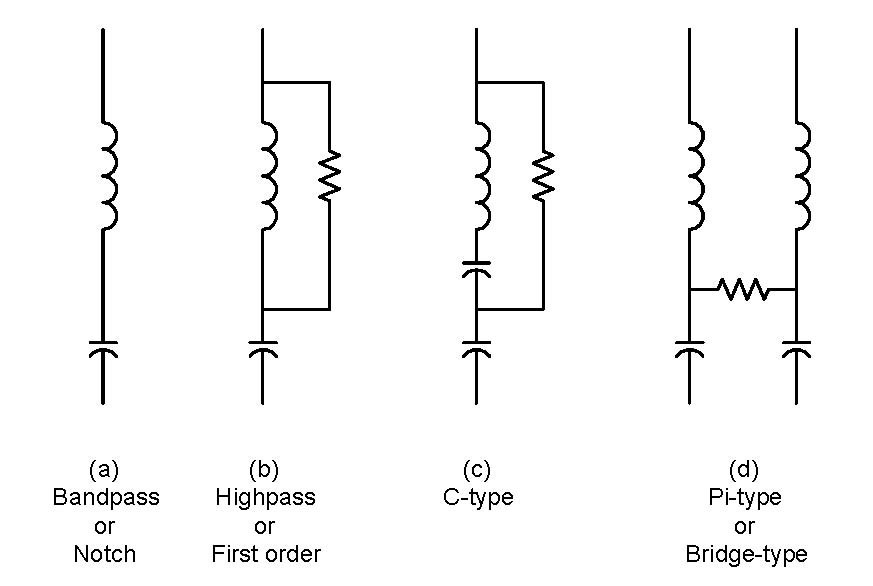Harmonic Filters
A filter is a circuit that is designed to pass a specified band of frequencies while attenuating all signals outside this band. Filter networks may be either active or passive. Passive filter networks contain only resistors, inductors, and capacitors.
When Total Harmonics Distortion (THD) is not in acceptable level after study the network and doing necessary analysis to determine existing harmonics (such as 5th, 9th , …) and their magnitude, a proper harmonics mitigation method is being used.
In active filters by injecting harmonic distortion into the system, which is equal to the distortion caused by the nonlinear load, but of opposite polarity, the waveform can be corrected to a sinusoid. The voltage distortion is caused by the harmonic currents flowing in the system impedance. If a nonlinear current with opposite polarity is fed into the system, the voltage will revert to a sinusoid.
Active filters can be classified as follows:
- series connection,
- parallel shunt connection, and
- hybrid connections of active and passive filters.
In Passive filters as it was said before, passive components such as capacitor, reactor and resistor are used.
Passive filter can be classified as follows:
- Low Pass (LP)
- High Pass (HP)
- Band Pass (BP)
- Band Stop (BS)
The filters for harmonic mitigation are generally of shunt type to offer a low-impedance path to a certain harmonic or harmonics so that these are bypassed into the filter and their flow is minimized into the system.
 |

